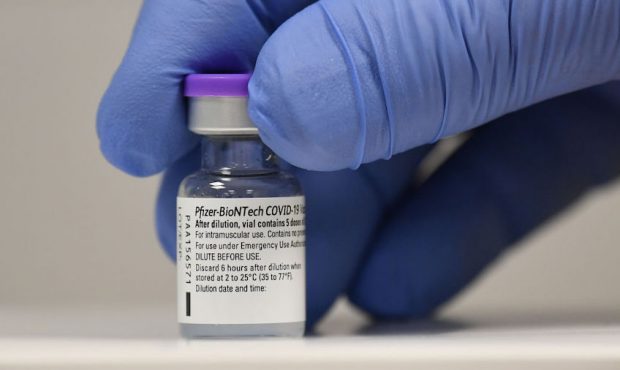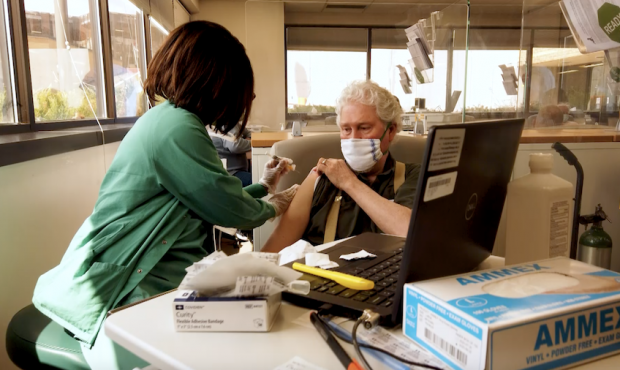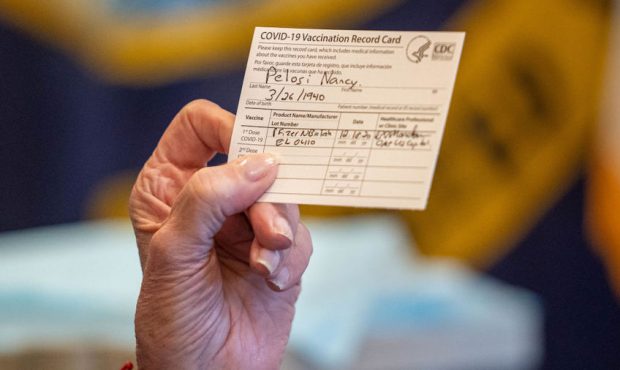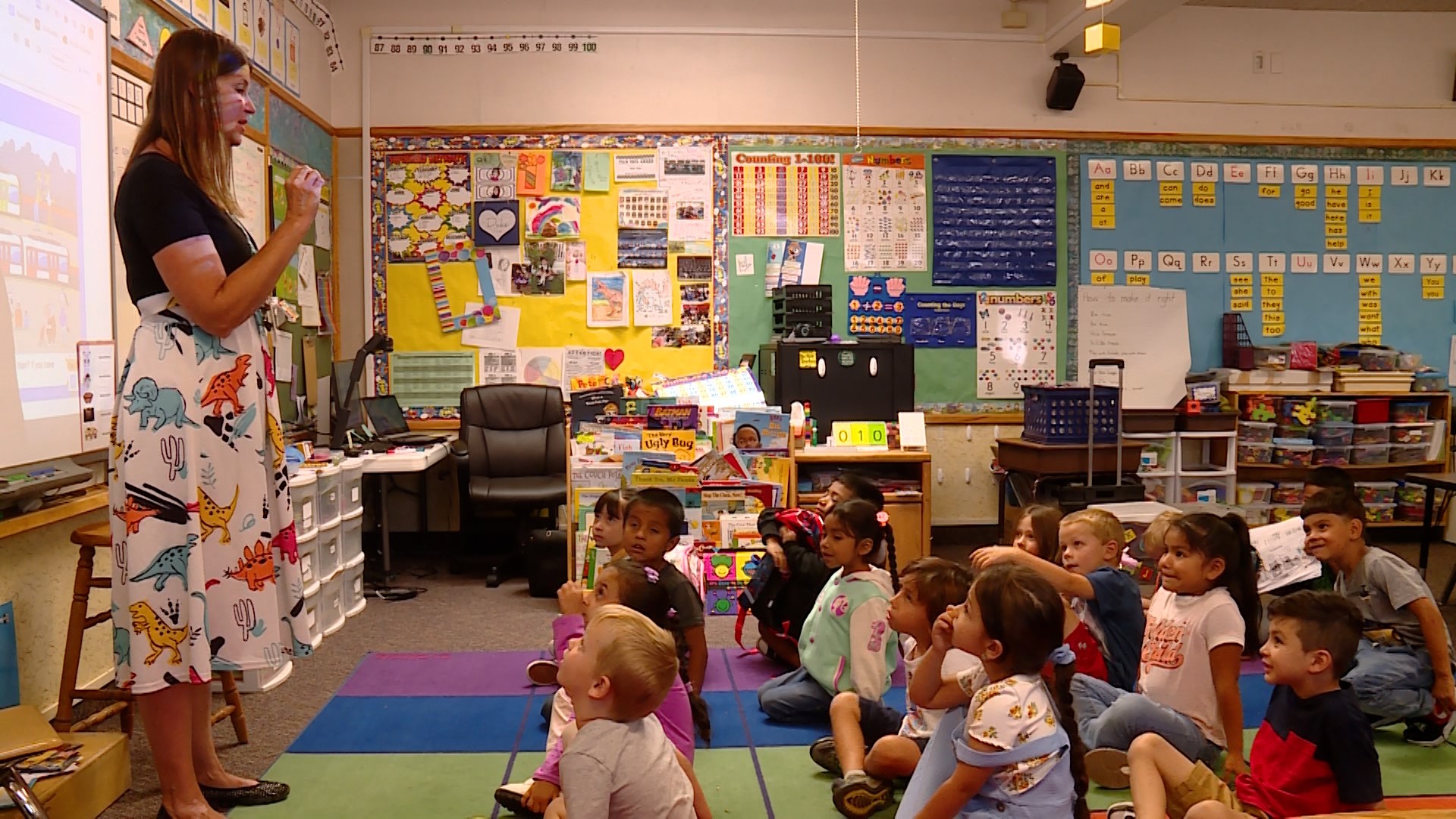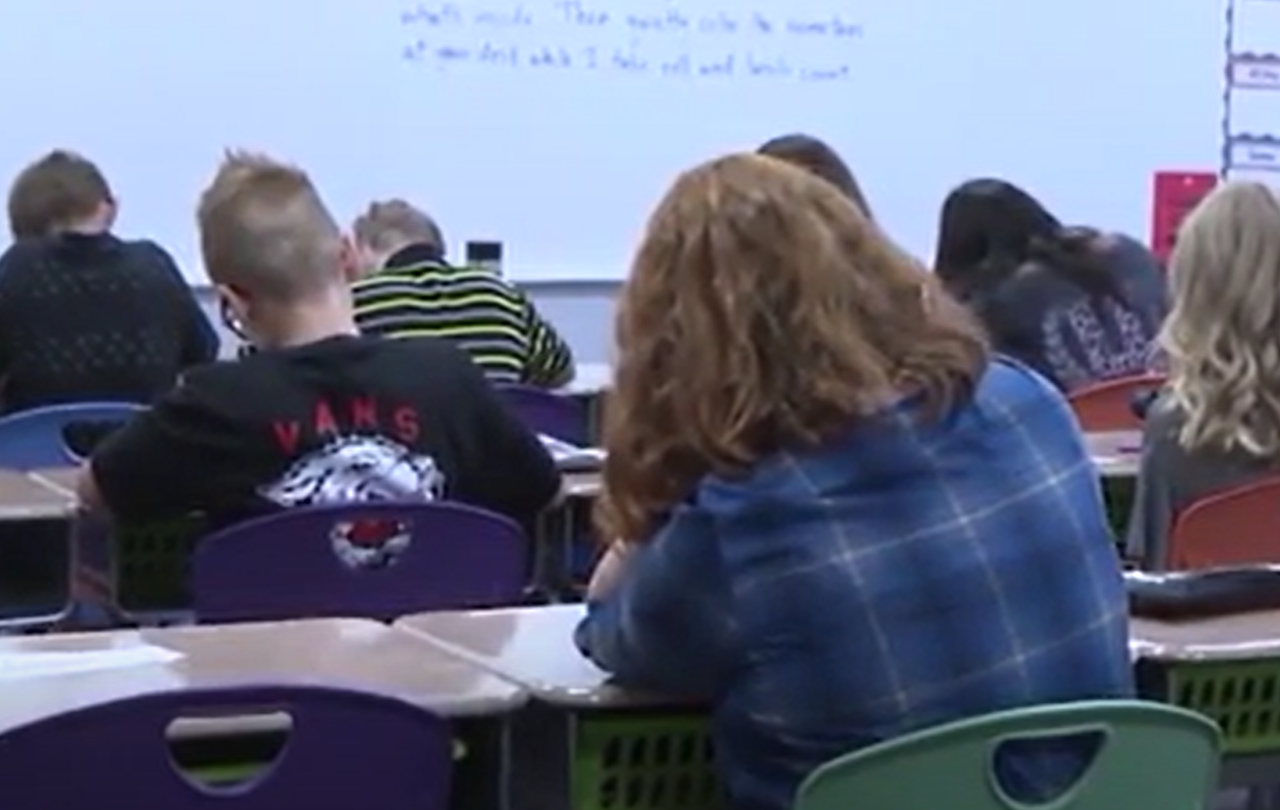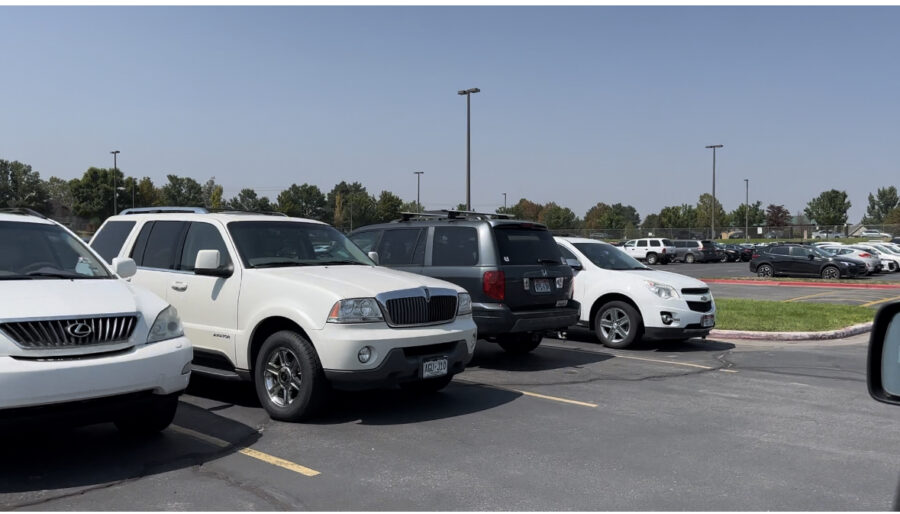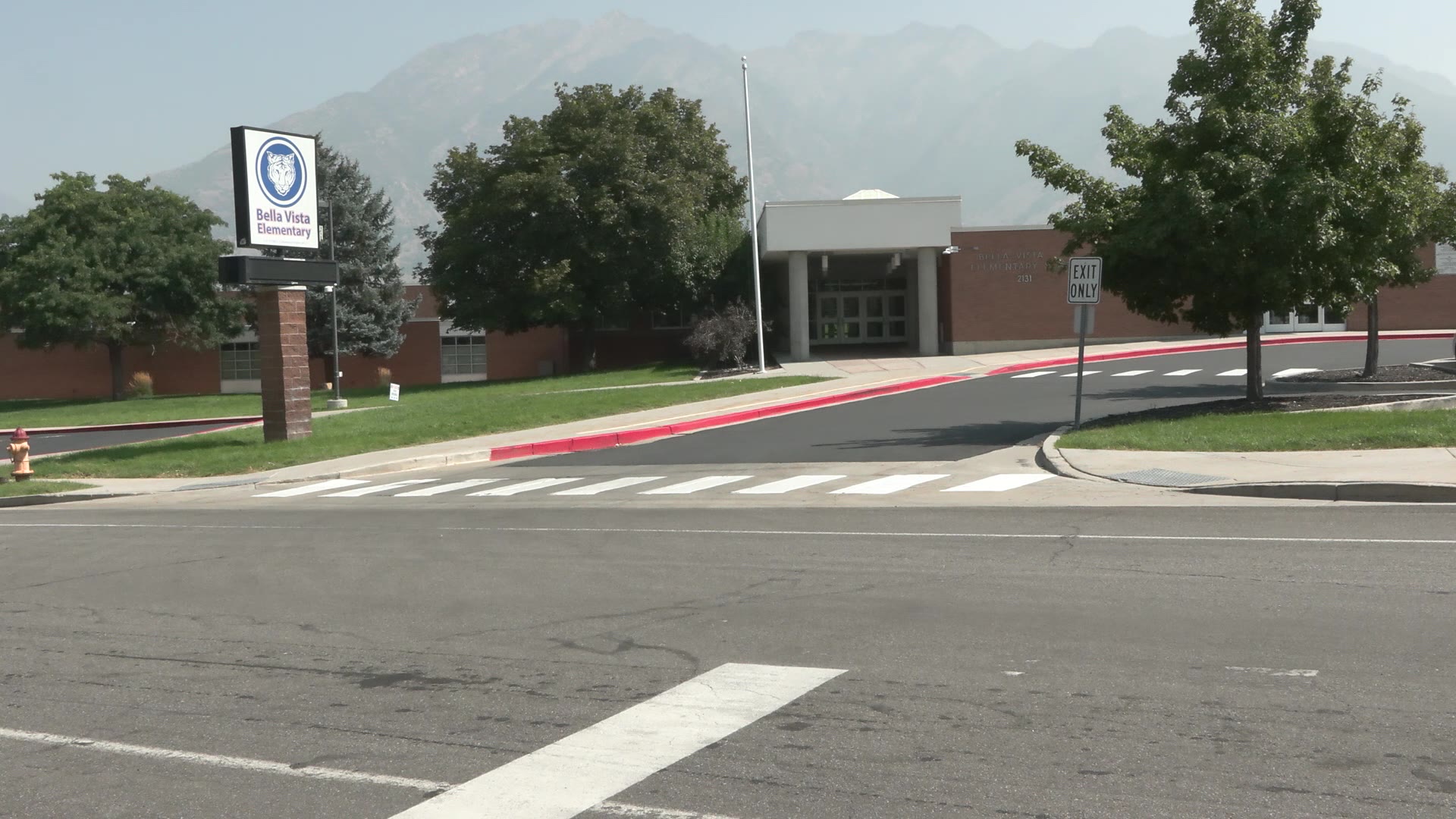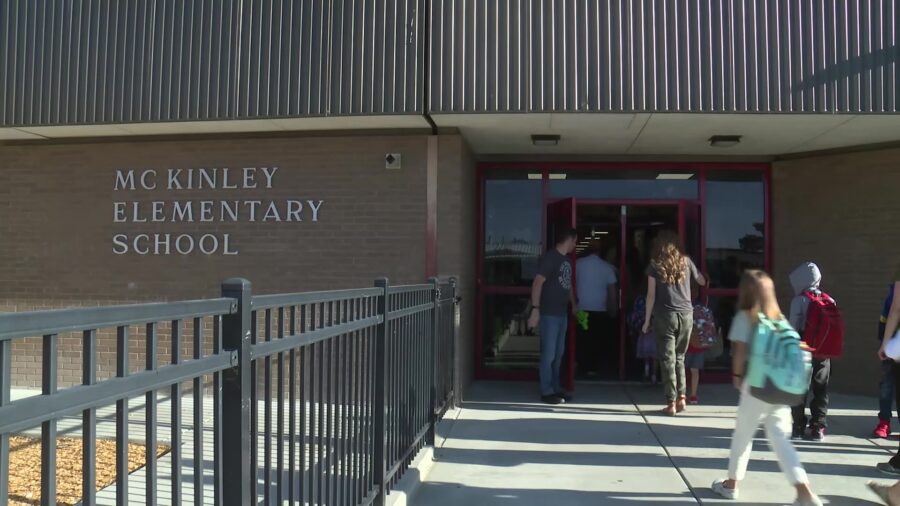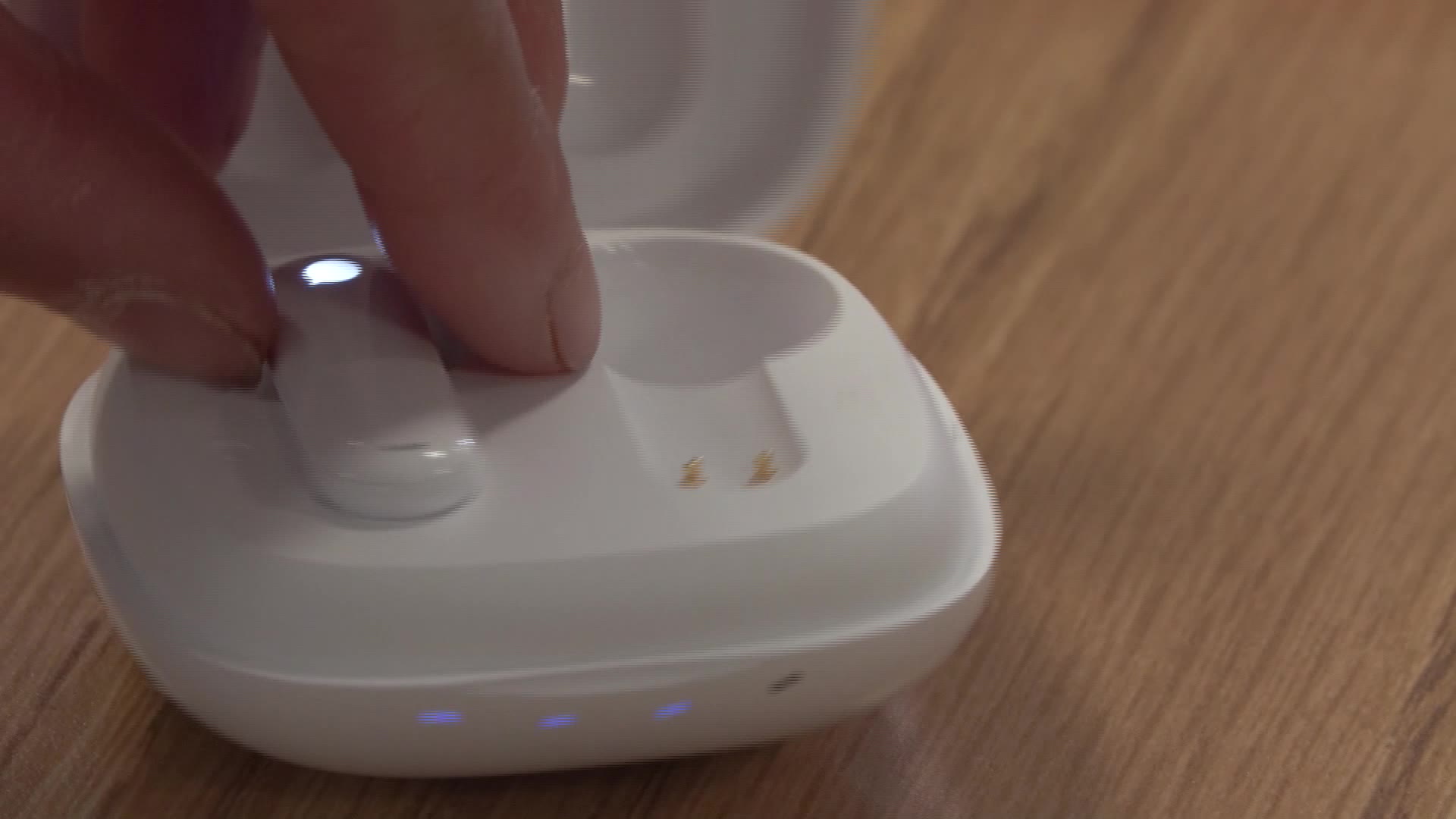Pfizer COVID-19 Vaccine Could Be Ready For Children Ages 12-15 By Fall
Mar 31, 2021, 5:05 PM | Updated: 8:55 pm
SALT LAKE CITY, Utah – Doctors called news from Pfizer promising after the company announced its COVID-19 vaccine is 100% effective in adolescents ages 12 to 15.
The company plans to submit its data for FDA approval “as soon as possible,” according to Albert Bourla, Pfizer chairman and CEO. If all goes well, the shots could be available for middle school students before fall classes begin.
This is great news for parents across the country and for our efforts to reach herd immunity, which cannot be achieved without vaccinating children, according to Dr. Andrew Pavia, chief of pediatric infectious diseases at University of Utah Health and director of epidemiology at Intermountain Primary Children’s Hospital.
“That’s fabulous news,” he said. “It means that the vaccine is safe and effective in this age group who are really going to benefit from being vaccinated so that when they go back to school, the entire school has protection.”
Need some good news this morning? Pfizer-BioNTech #CovidVaccine has high efficacy in 12-15 year olds! Going for FDA approval in the coming weeks 🎉 https://t.co/fknFDNjwrf
— Dr. Angela Dunn (@DrAngelaCDunn) March 31, 2021
In a Pfizer trial of more than 2,200 children ages 12 to 15, there were 18 confirmed COVID-19 infections in the placebo group and no confirmed infections in the group that got the vaccine. The company also reported the shot was well tolerated with side effects similar to those seen in adults.
Pavia also pointed out Utah cannot get to herd immunity if children are excluded from the vaccine. Children represent nearly 30% of the population in Utah, compared with 22% nationwide.
For those who are vaccine-hesitant, Pavia pointed out COVID-19 can be serious for children in some cases.
“There are well over 300 deaths in the United States from COVID-19 and MIS-C. I can’t think of any other disease where 300 children died in a year and we would say ‘It’s OK, we should do nothing,’” he said. “The bottom line is: your kids get a real benefit by being vaccinated, and they can return to more normal activities.”
Adapting vaccine distribution for children may also help reduce hesitancy.
“We’re going to have to start getting the vaccine in the hands of pediatricians and family doctors so that people can get vaccinated in the place they’re used to getting vaccinated,” Paiva said.
Pavia said Utah’s health care systems will also need to make sure the vaccine is available for those who don’t have easy access to doctors.
“Perhaps, clinics near schools, or at schools in the summer and the fall will be really helpful. So, we can deal with some of the inequities,” he said.
That would make it easier for families without transportation or the time to take their kids for a vaccination. “If you don’t have a family doctor that should not stop you from getting your children protected,” said Pavia.
Coronavirus Resources
Have you or a family member been affected by coronavirus issues in Utah? KSL wants to hear from you. Contact KSL by emailing social@ksl.com.
Click here to sign up for a vaccine and here to see how Utah’s vaccine rollout is progressing.
The latest COVID-19 stories from KSL can be found here.
How do I prevent it?
The CDC has some simple recommendations, most of which are the same for preventing other respiratory illnesses or the flu:
- Avoid close contact with people who may be sick
- Avoid touching your face
- Stay home when you are sick
- Cover your cough or sneeze with a tissue and then throw the tissue in the trash
- Wash your hands often with soap and water for at least 20 seconds, especially after going to the bathroom, before eating, and after blowing your nose, coughing or sneezing. Always wash your hands with soap and water if your hands are visibly dirty.
- If soap and water are not readily available, use an alcohol-based hand sanitizer with at least 60% alcohol.
The CDC recommends wearing cloth face coverings in public settings where other social distancing measures are difficult to maintain (e.g., grocery stores and pharmacies), especially in areas of significant community-based transmission.

